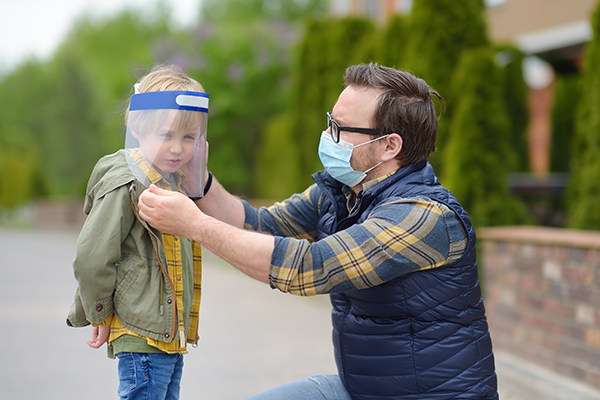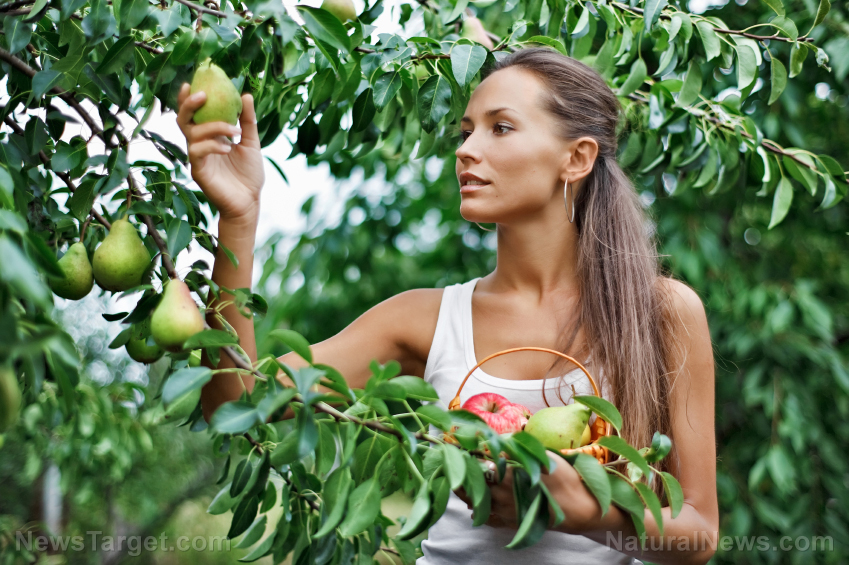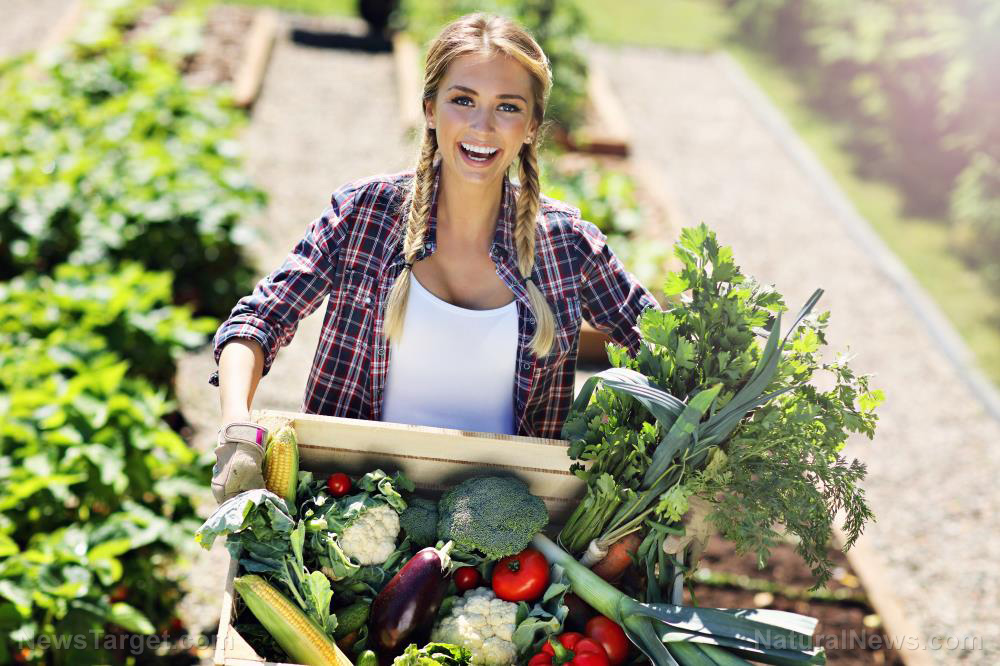
(Homesteading.news) If you love organic fresh fruit but you can't find it at your local market all year long, no worries - you can grow your own in the comfort of your home, and never be without again.
If you’ve got a spacious sunroom, conservatory or a glazed porch, then you’ve got the perfect place to grow a variety of potted fruits. With the exception of strawberries, most fruit-producing trees and shrubs need a deep and nutritious root bed, so your containers should be at least 1 foot in diameter and a little more than that in depth. As your trees and shrubs grow, you’ll have to move them into even larger pots in order to accommodate the root run. And you can prune them back somewhat each year to maintain a size that is convenient for you. For mature plants, you can also remove the top inch or so of soil each year and replace with fresh compost each spring.
1. Peaches and nectarines
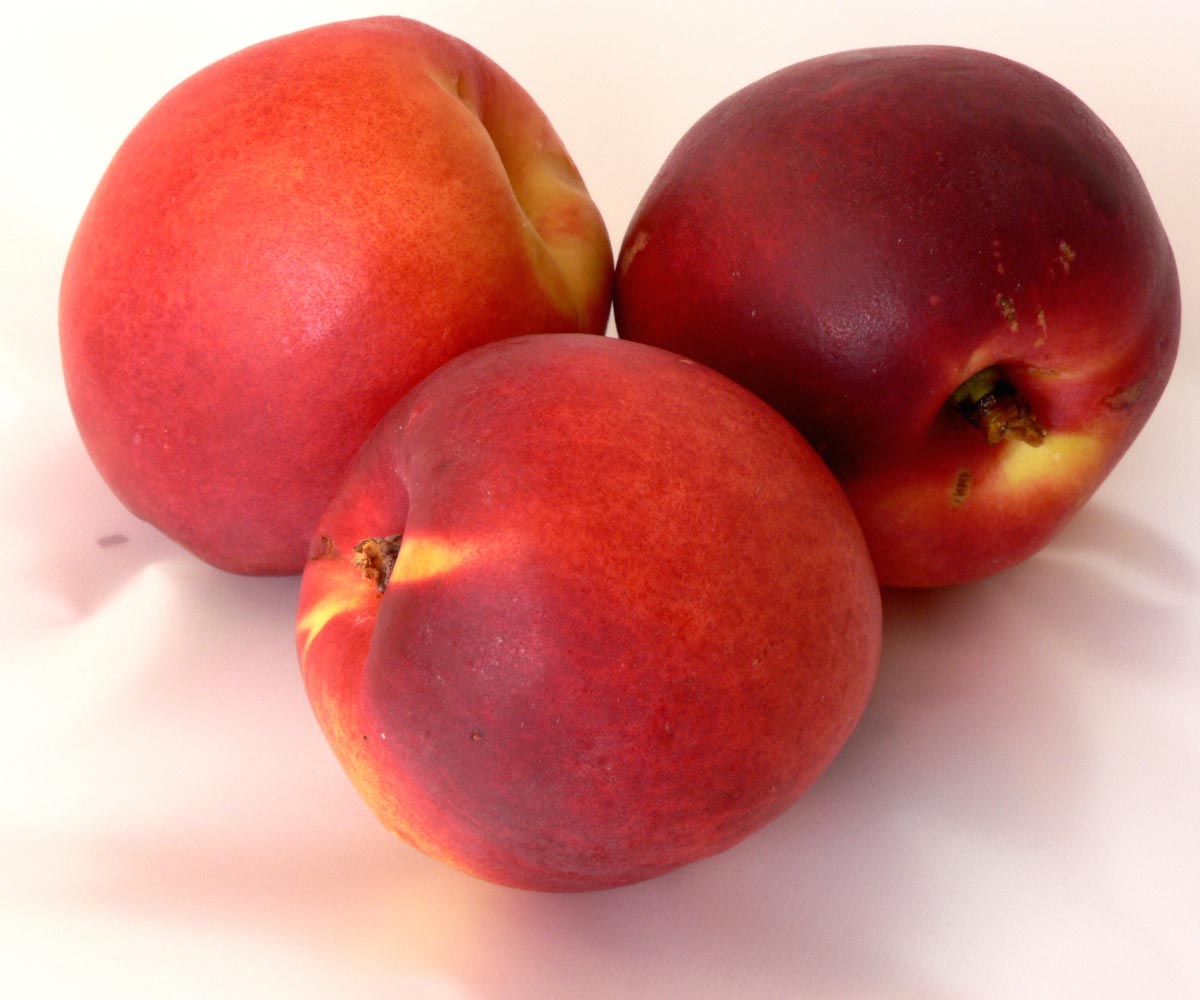
Natural dwarf varieties like bonanza (peach) and nectarella (nectarine) can be grown as short standards on 30-inch stems. You’ll want to keep these in a well-it, sunny place in temps of about 50-55 degrees F until fruit sets. Then they will require higher temps of 65-70 degrees F. In warm weather you should ventilate them freely.
2. Apricots
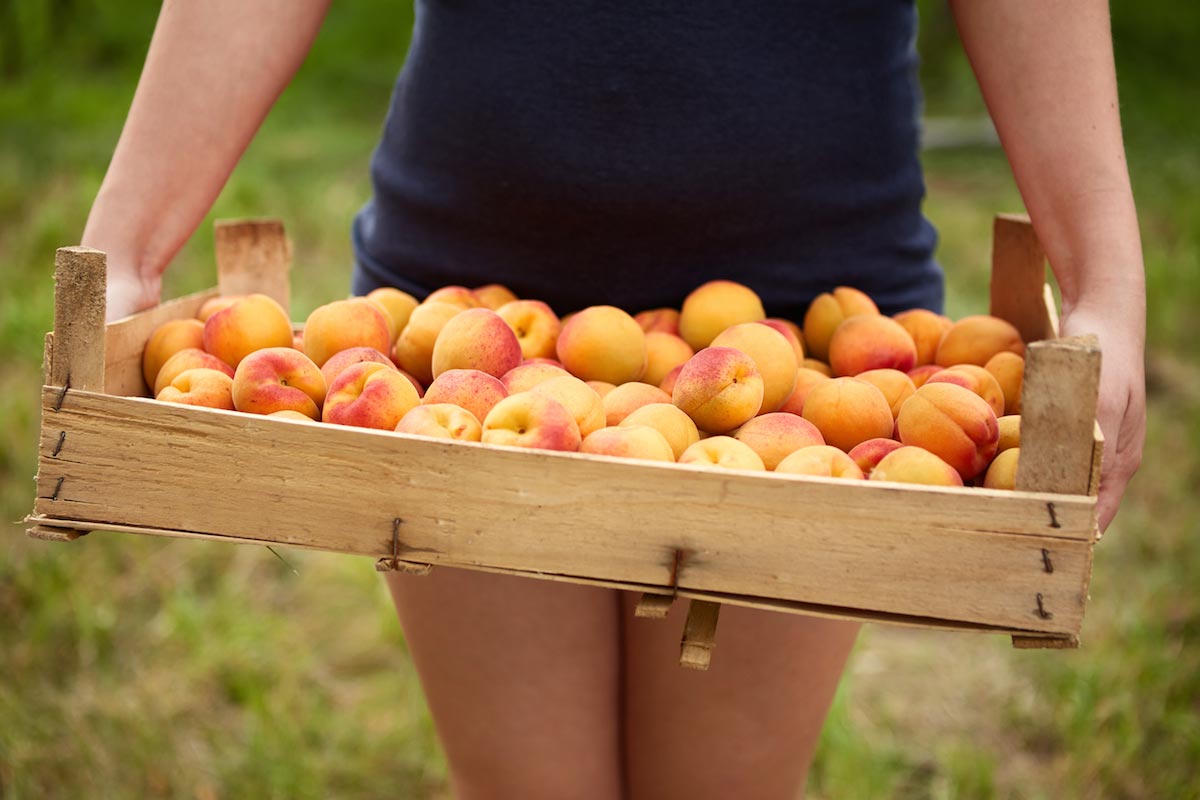
Dwarf/compact varieties like Shipleys and Goldcot on semi-dwarfing St. Julien A rootstocks can be very productive in pots, especially trained against a conservatory wall that gets lots of sun. For these fruits, use a soil-less potting compost over plenty of drainage material. To ensure fruit, hand pollinate by transferring pollen from flower to flower using a paintbrush.
3. Lemons, Oranges and Limes
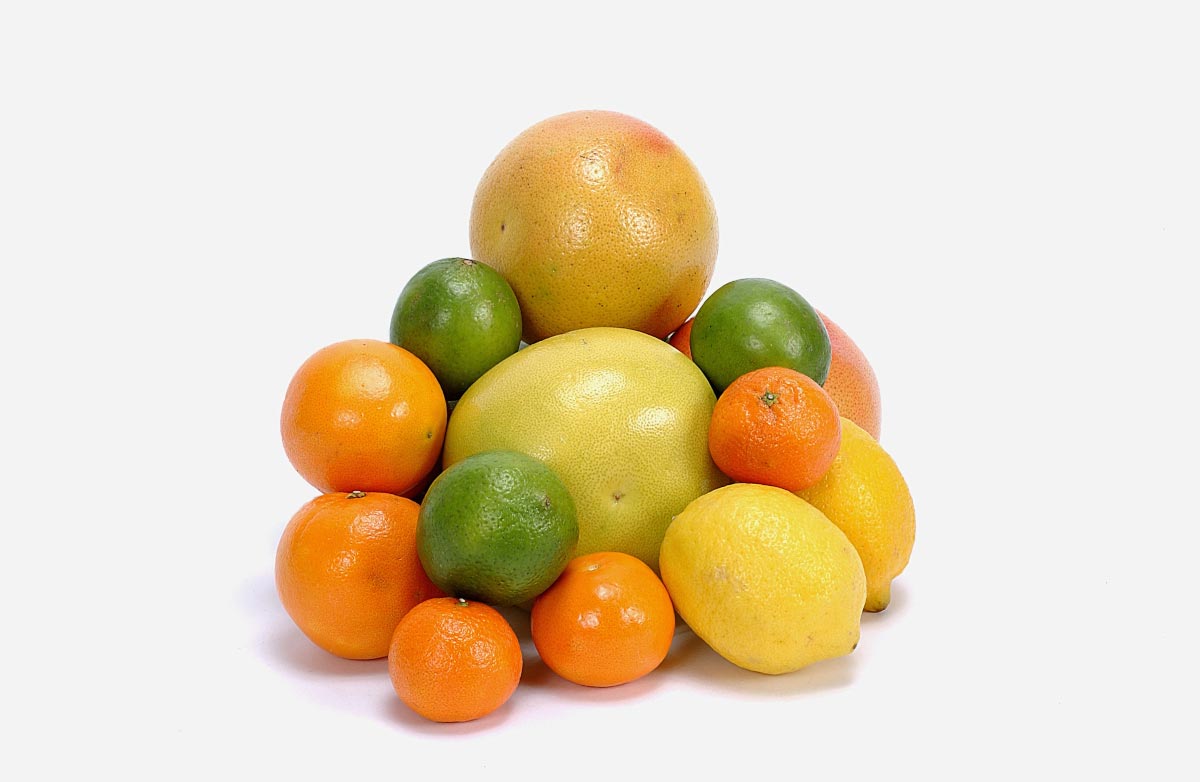
The best pick for indoor citrus is the dwarf variety, says MarthaStewart.com, because they are grafted onto a special rootstock so the plant does not get too tall. “Many citrus trees can be grown as dwarves, including Meyer lemon, kaffir lime, and 'Trovita' and calamondin oranges, which are amenable to indoor cultivation,” the site notes. “For a plant that will produce fruits and blossoms right away, choose a two-to three-year-old dwarf tree. Calamondin orange trees, which have a high tolerance for indoor conditions, are a good choice for beginners. Buy one from a reputable nursery to avoid diseased or inferior plants.”
For potting, chose one that drains well, like a clay, ceramic or plastic pot that is slightly bigger than the root ball – one that has several holes in the bottom. You should fill the drainage dish with stones so as to provide air circulation. Also, well-drained soil is essential; you’re better off getting premixed potting soil that is formulated specifically for citrus trees because the pH balance is already correct.
Set your citrus trees in a well-lit area that gets eight-to-twelve hours of sun per day. In the dark winter months, you can supplement with a grow lamp.
4. Pomegranate

This wonderful superfood makes an excellent indoor plant. For pot cultivation, says Readers Digest, your best bet is the small Punica granatum var. nana, which only grows about three feet high and produces scarlet flowers while still relatively immature. Attractive mini-fruits will follow in the autumn but won’t ripen very often until the plant matures. They need lots of ventilation and sunlight, especially in late summer and early autumn.
5. Grapes
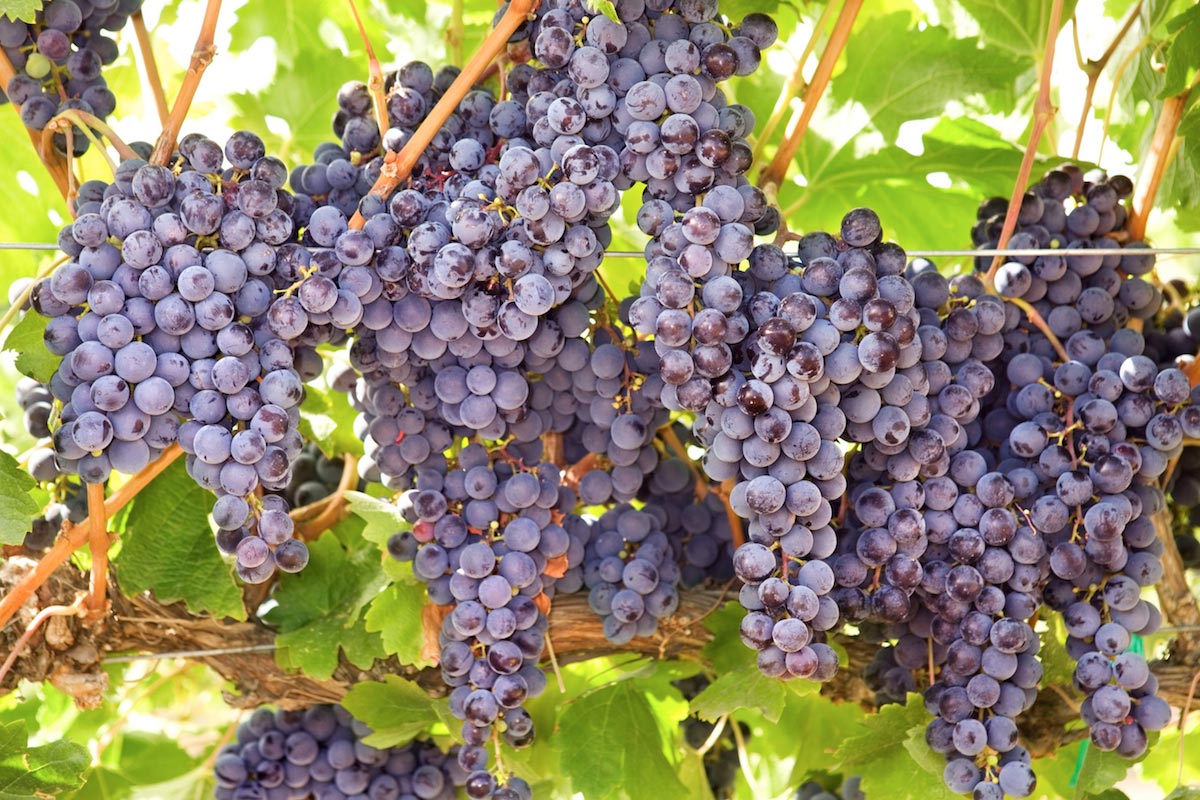
Are you a budding winemaker? Would you like to be? You can with your own indoor vineyard. A vine needs to be freely ventilated to prevent spoilage of the fruit thanks to mildew. Every winter, you should prune the sideshoots back to two buds. Here’s a tutorial.
6. Strawberries

Putting Alpine strawberries in on a sunshine-splashed windowsill will produce fruit nearly continually from early summer to mid-autumn. Large-fruited strawberries do well also and are really valuable if they have to produce fruit early. To get early strawberry growth, pot plants in autumn in 5-6 inch pots and leave them in a well-lit room. They should begin to produce from late spring onwards.
Homesteading.news is part of the USA Features Media network.
Please contact us for more information.











